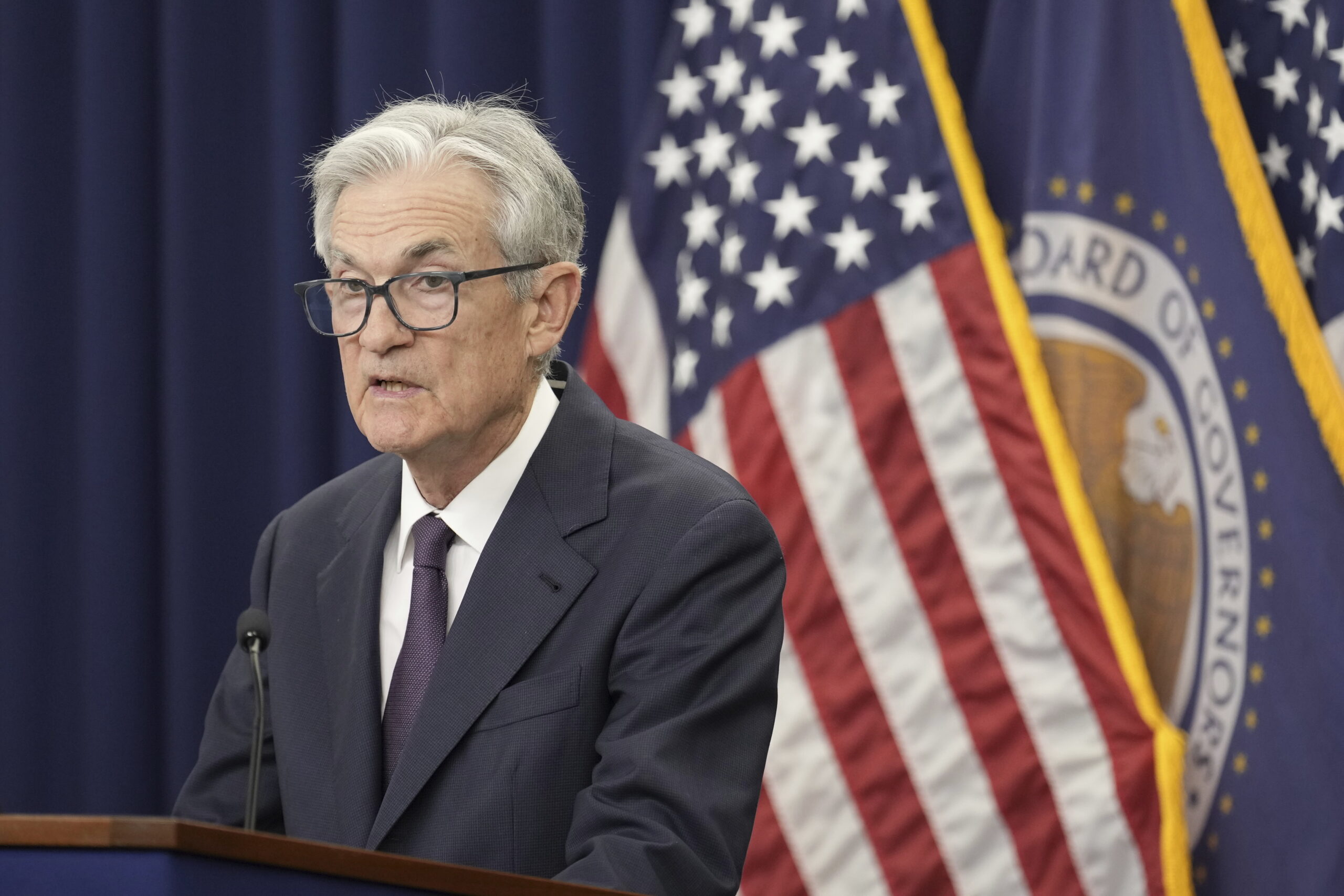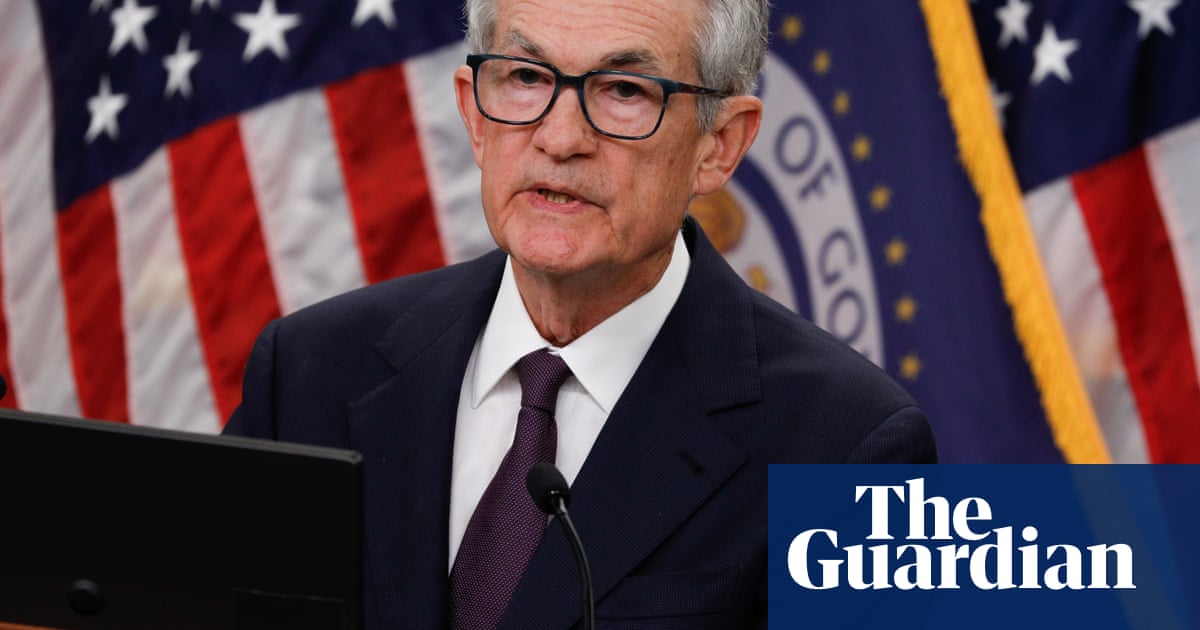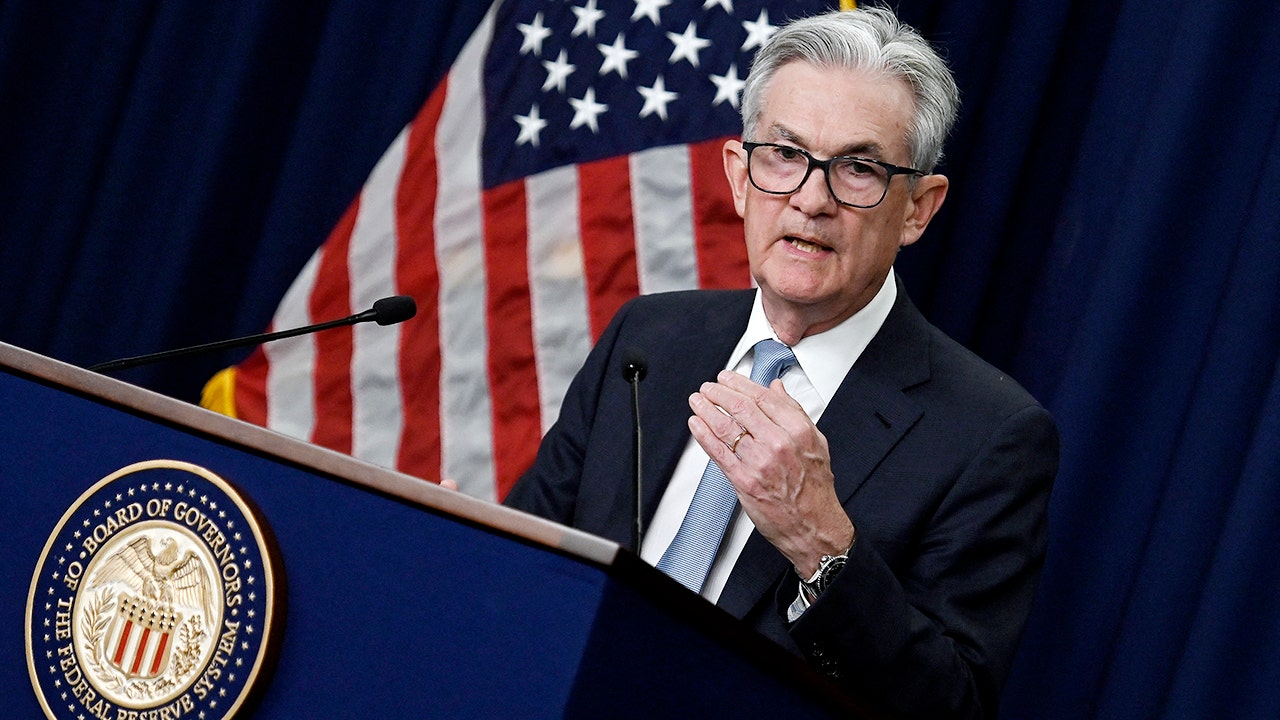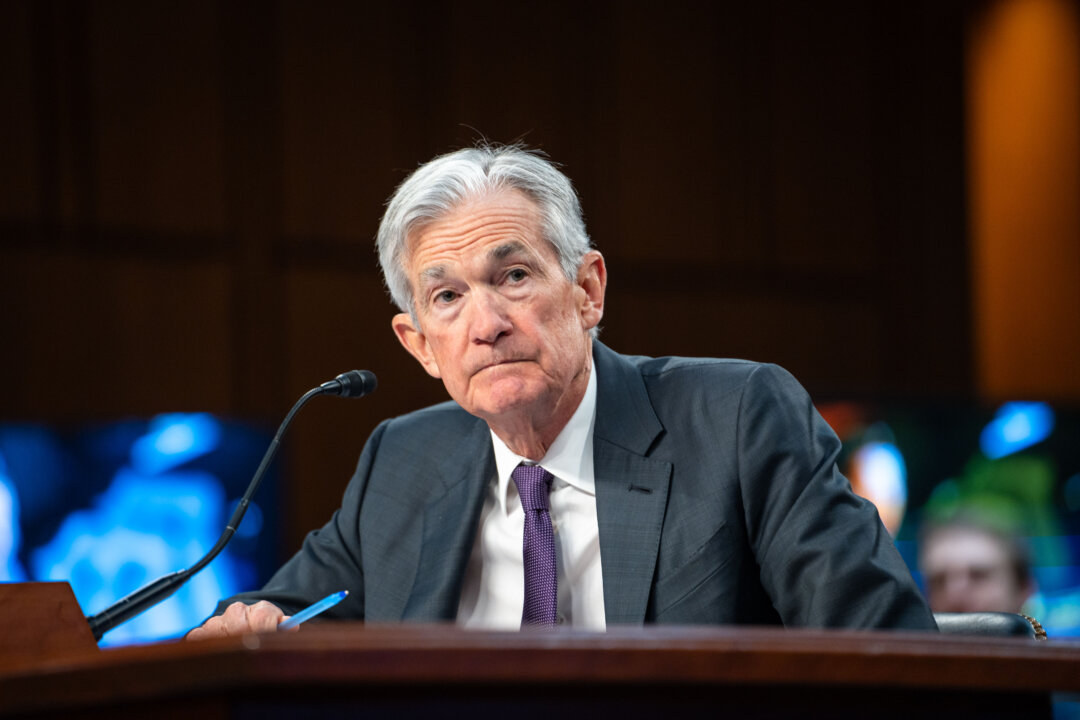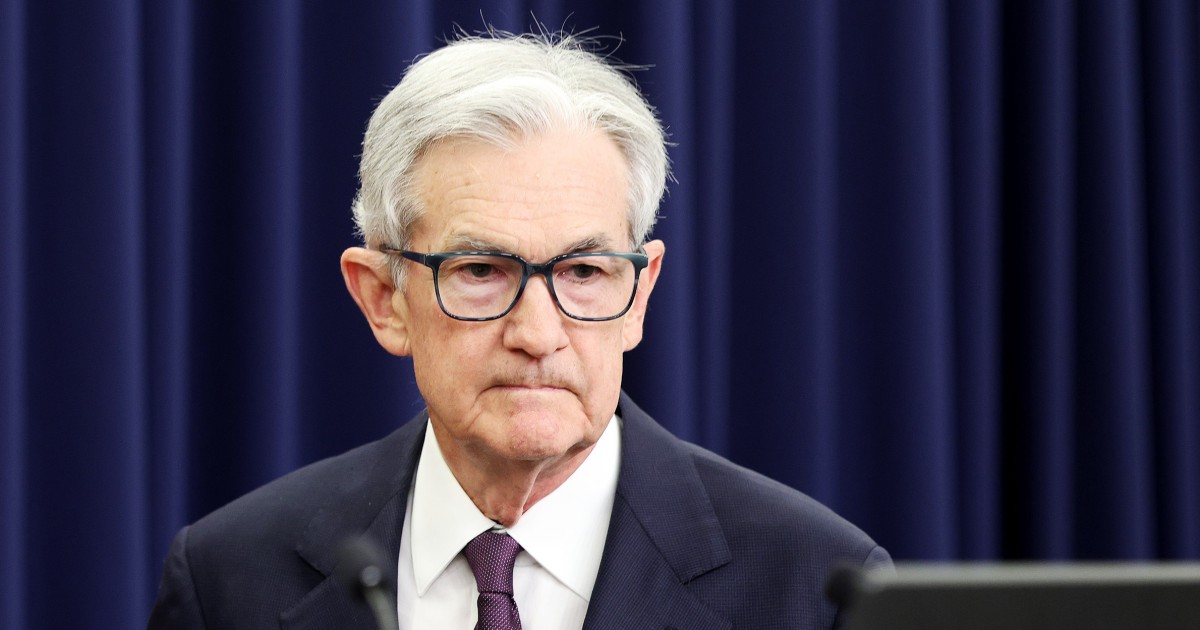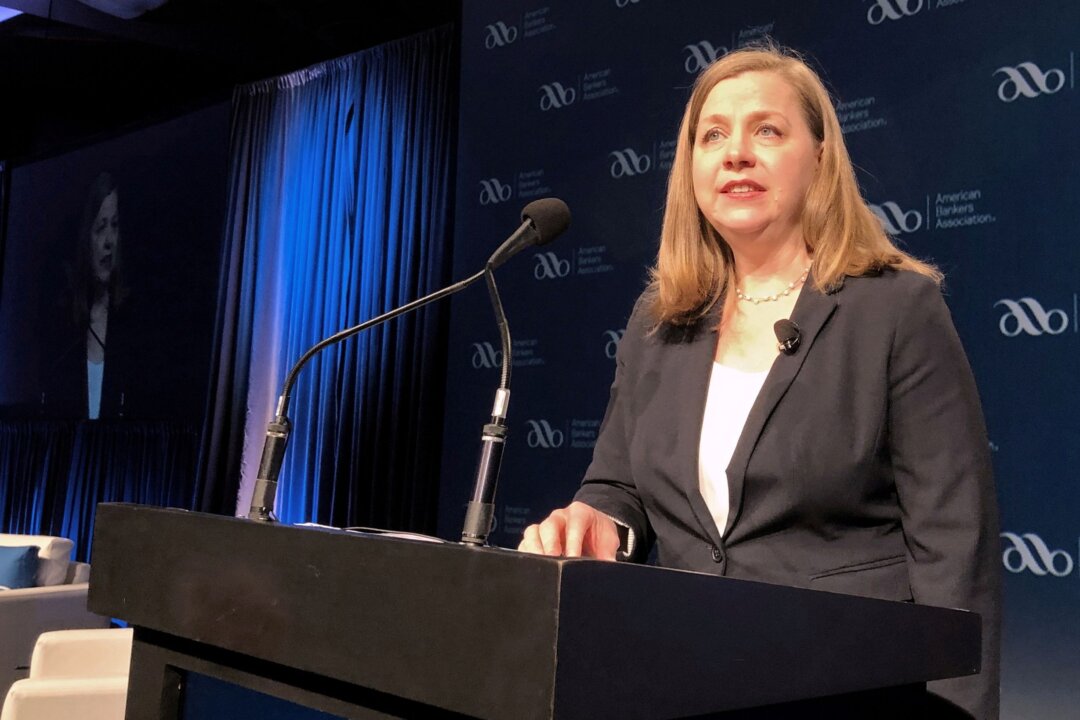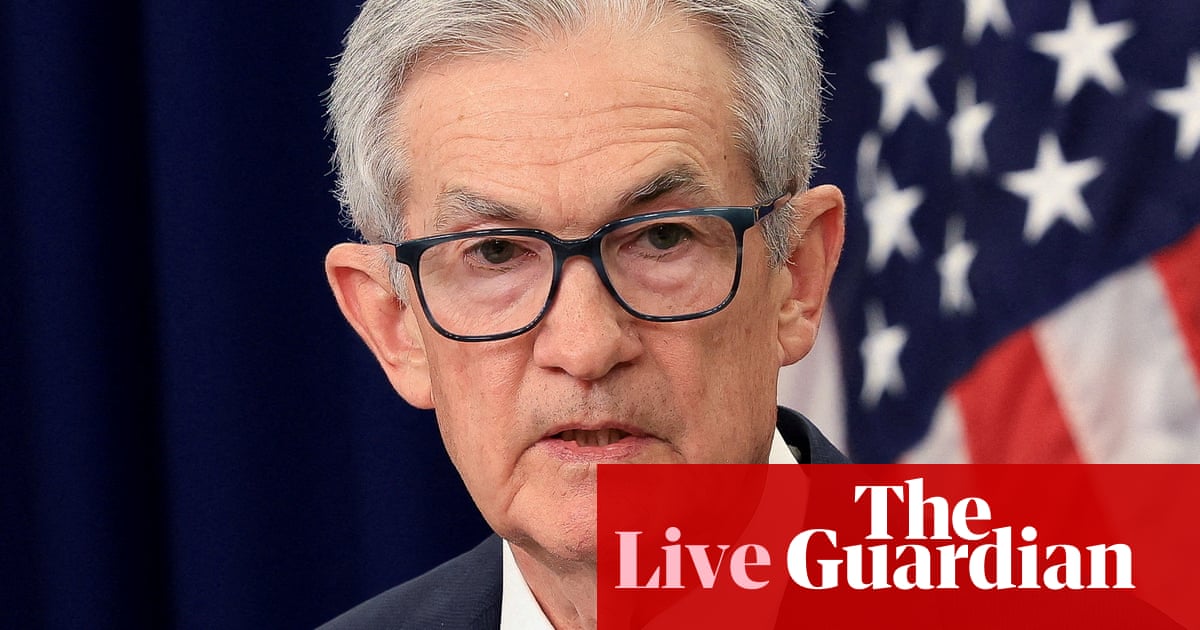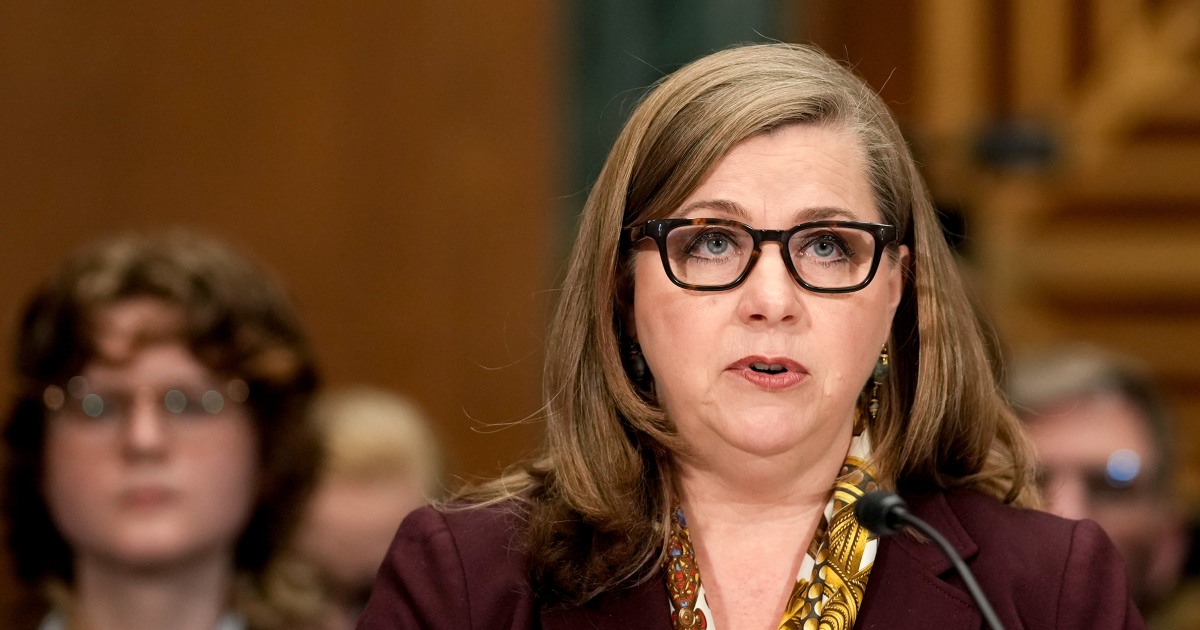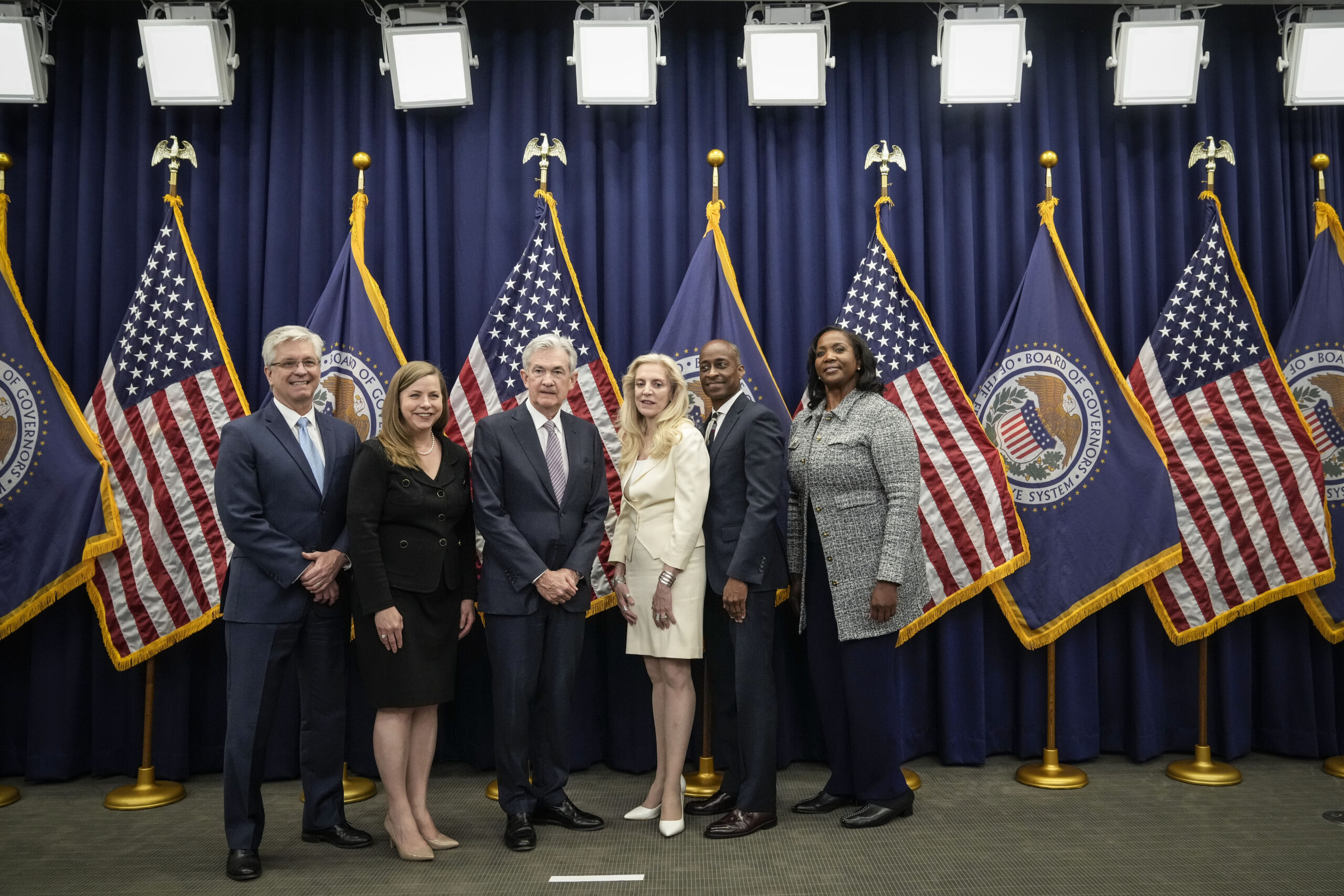Federal Reserve Maintains Caution Amid Economic Pressures and Tariff Concerns
Federal Reserve officials express cautious optimism about the economy, balancing interest rate decisions with inflation management amid ongoing tariff impacts.
Overview
- Federal Reserve Governor Michelle Bowman supports a potential interest rate cut in July if inflation remains low, reflecting ongoing economic assessments.
- Chair Jerome Powell emphasizes a wait-and-see strategy, maintaining the benchmark lending rate at 4.25%-4.5% amid economic pressures and tariff impacts.
- Despite President Trump's pressure for rate cuts, Powell believes the Fed is well-positioned to monitor economic developments before making decisions.
- The Fed's committee unanimously decided to keep rates unchanged last week, highlighting their cautious approach to inflation and economic activity.
- With inflation at 2.4% year-over-year and a stable labor market, Powell indicates the economy is solid, but tariffs may pose risks to inflation management.
Content generated by AI—learn more or report issue.

Get both sides in 5 minutes with our daily newsletter.
Analysis
Center-leaning sources frame the Federal Reserve's cautious approach to interest rates amid tariff uncertainties, emphasizing a wait-and-see strategy. They reflect a consensus that tariffs have not significantly impacted inflation, suggesting a nuanced view of economic pressures. Implicitly, they convey skepticism towards political pressures influencing monetary policy decisions.
Articles (23)
FAQ
The Federal Reserve is cautious about changing interest rates due to ongoing economic pressures, managing inflation carefully, and concerns about the impact of tariffs on the economy.
With inflation at 2.4% year-over-year, which is relatively moderate, the Fed sees room to maintain current rates while monitoring inflation trends before deciding on any rate cuts.
Chair Powell believes the Fed is well-positioned to monitor economic developments closely and prefers to wait for clearer data on inflation and economic activity before making any adjustments to interest rates, rather than reacting prematurely to external pressures.
Tariffs introduce uncertainty and risk to inflation management, as they may increase costs for businesses and consumers, prompting the Fed to remain cautious in its policy decisions to ensure inflation does not accelerate unexpectedly.
The Fed views the labor market as stable and strong, which supports the current stance of maintaining interest rates without immediate cuts, balancing inflation management with economic growth.
History
- 2h

 23 articles
23 articles
- 5h

 8 articles
8 articles
- 8h

 6 articles
6 articles
- 23h

 3 articles
3 articles
- 1d

 3 articles
3 articles


